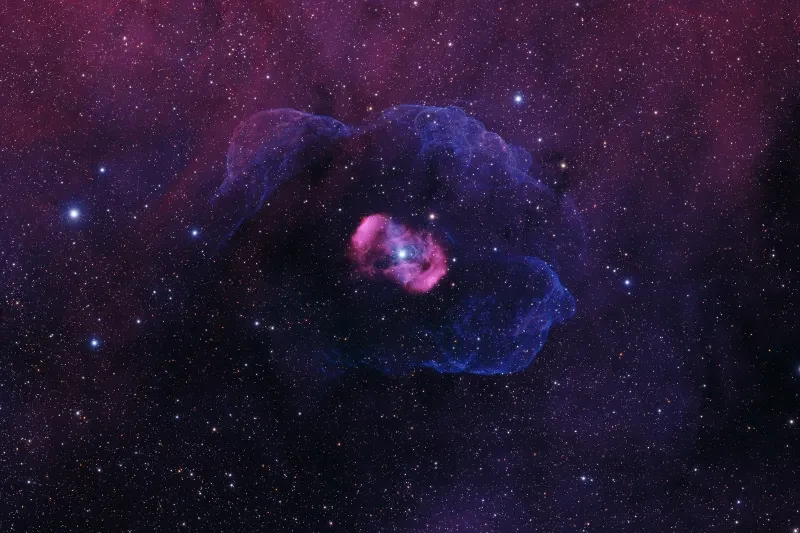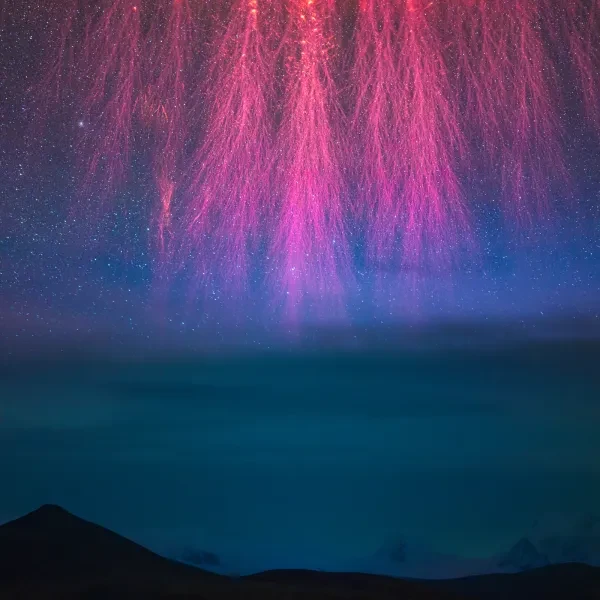As astronomical sights go, few can match the awe-inspiring brilliance of the aurorae; they stand apart as stunning displays of shimmering light visible without any visual aid or device.
Charged particles from the Sun, caught by our planet’s magnetic field, crash into the atmosphere, releasing an ethereal glow that illuminates the night sky.
While aurorae are possible to see with relative ease, it doesn’t make capturing them in their full brilliance any simpler. They are wildly unpredictable, often giving little warning of their arrival. They are often seen from only narrow strips of our planet, making access limited, and the range of brightness, colour and movement present a unique set of challenges to those looking to photograph them in all their glory.
As always, however, the photographers in this year’s competition have made the complex look easy. Stunning displays of green and blue light cover these digital canvasses. Their vivid patterns come to life against the still, frozen foregrounds, their ghostly shapes dance across the sky, and with these images, once again, the ever-present link between our nearest star and our planet is plain to see.
Learn more about the winning image and explore the full shortlist below.
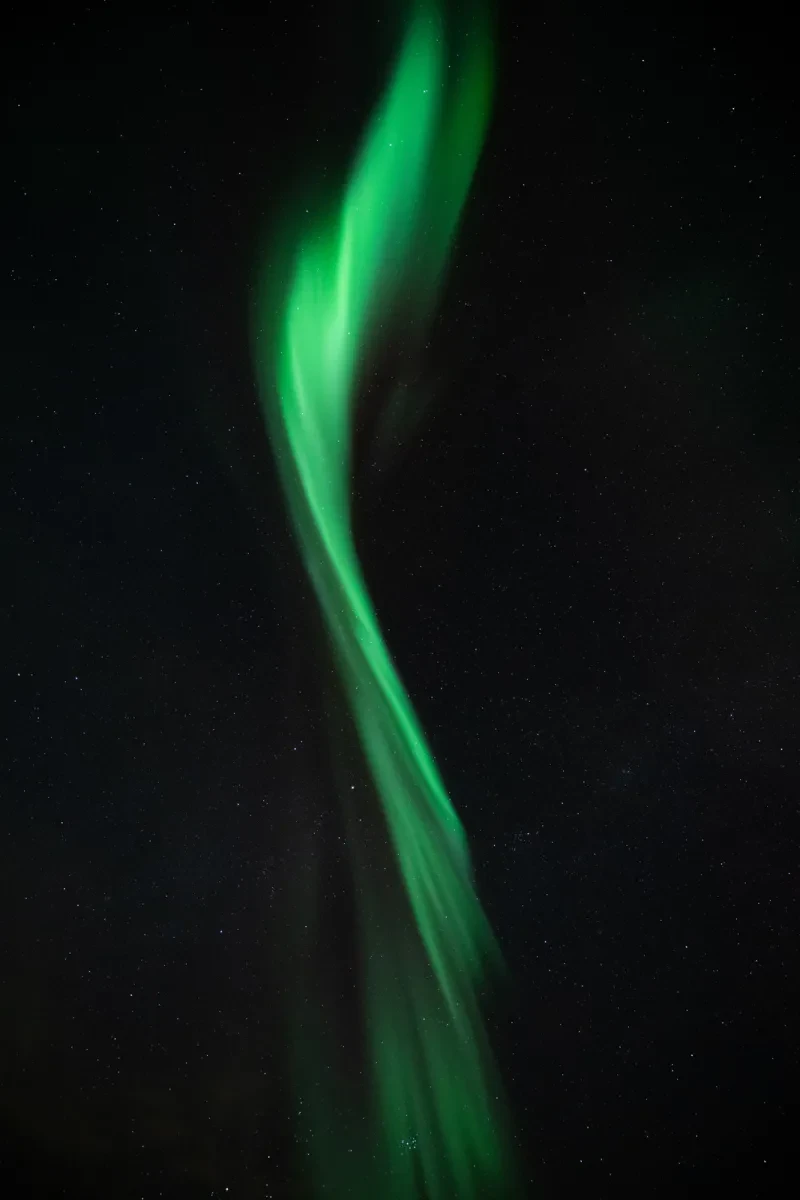
The winning image
Brushstroke by Monika Deviat
Taken in Utsjoki, Lapland, Finland, 8 January 2022
"This photograph is an aurora abstract. I focused on this structure as it looked like a painter’s brushstroke across a canvas. It’s not the usual corona or big nightscape scene, but I thought it was a unique and beautiful shape with the feathered ends. I pointed the camera almost straight up to capture this formation," explains Monika.
Equipment used: Nikon D850 camera, 14 mm f/2.8, ISO 3200, 4-second exposure
The judging panel loved the elegant simplicity of this abstract image. We are accustomed to seeing aurora from an earthly perspective with mountains, trees and humanmade structures framing the dancing lights. This photograph offers something different, showcasing the beauty of the aurora in isolation. The composition evokes the arts of brush-painting and calligraphy, which are practiced in many cultures around the world.
Katherine Gazzard, competition judge
Behind the lens
Discover more about Monika Deviat: dancer, educator, heavy metal fan and astrophotographer based in Canada.
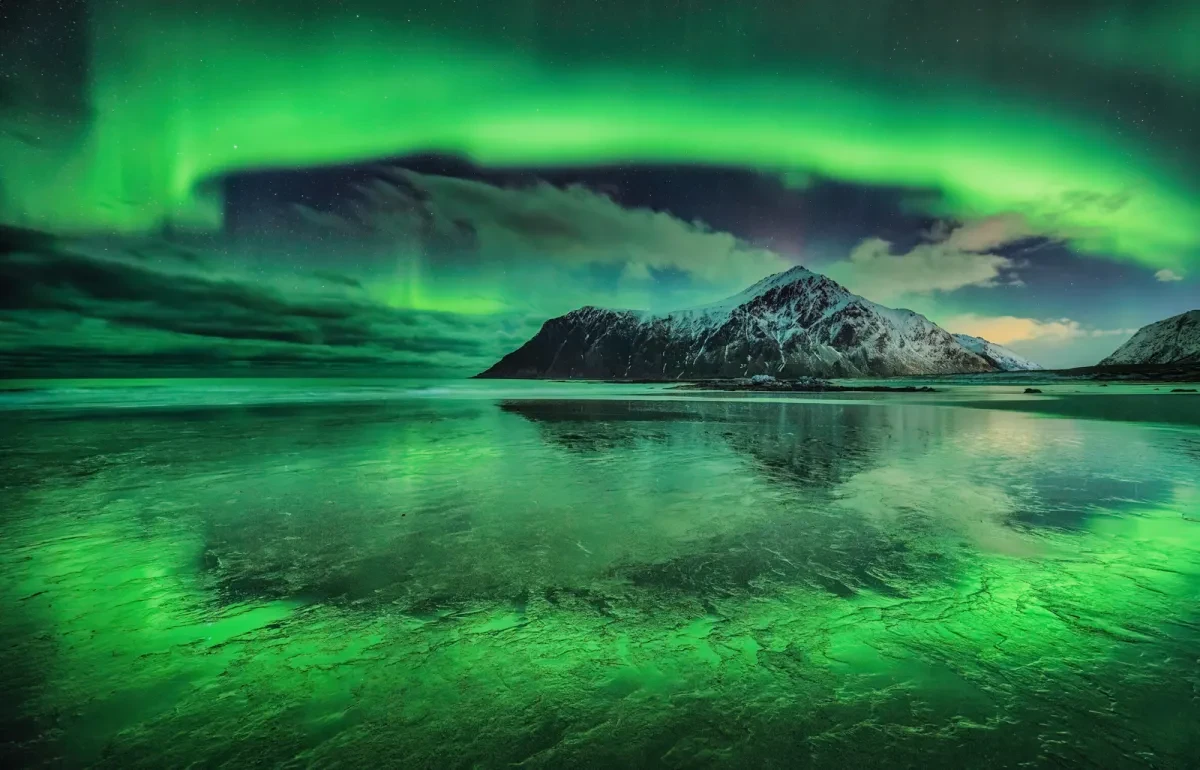
Runner-Up
Circle of Light by Andreas Ettl
Taken in Flakstad, Lofoten Islands, Norway, 20 February 2023
"After weeks of cloudy nights, we were finally lucky enough to experience a very vivid aurora over Skagsanden beach. It was so strong that it almost felt like you could grab it with both hands. The way it formed over Hustinden mountain, coupled with the reflection on the beach, gives the impression that you are just one step away from entering the aurora circle," Andreas says.
Equipment used: Nikon Z7 camera, 15 mm f/2.8, ISO 1000, 8-second exposure
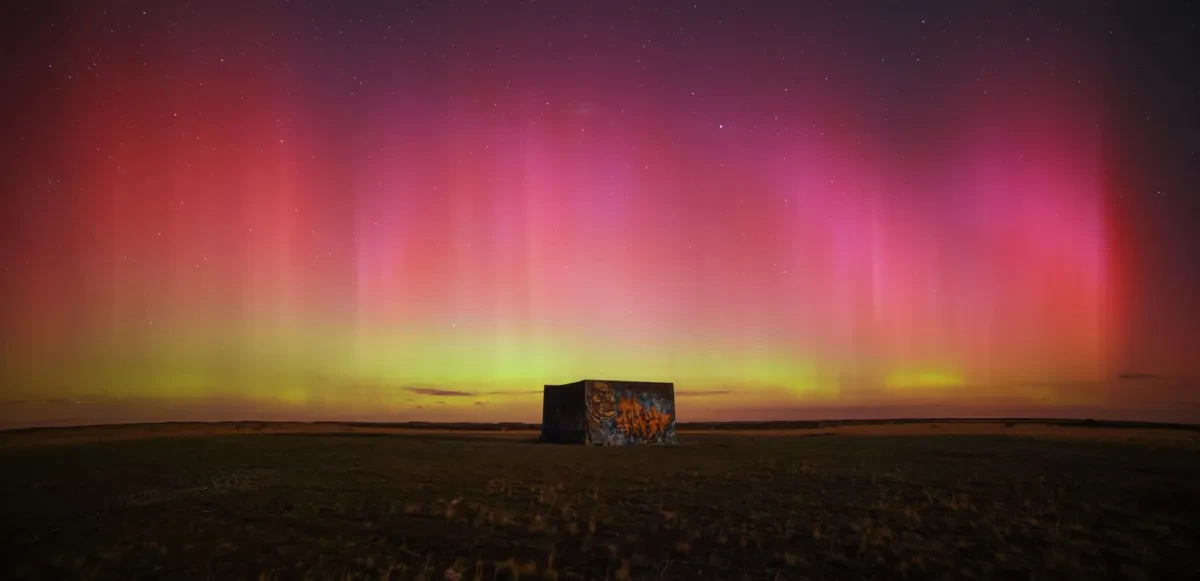
Highly commended
Fire on the Horizon by Chester Hall-Fernandez
Taken in Birdlings Flat, Canterbury, New Zealand, 27 February 2023
"Very recently we were lucky enough to witness one of the strongest solar storms seen in at least a decade, which caused powerful aurora around the globe. New Zealand sees regular aurora, but due to its distance from the magnetic pole, many of them are faint and colourless in the sky. However, on this night the aurora was highly structured with visible colour lighting up the sky," says Chester.
"Originally, I was not prepared to go out and photograph it that night with the Moon and cloud cover imminent. Thankfully, a close friend convinced me to go, and I am very glad they did. The clouds held off long enough and the aurora was bright enough that it was clearly visible without the moonlight."
Equipment used: Rokinon 14mm f/2.8 telescope, Nikon Z6 (Astro modified) camera, 14 mm f/1.8, ISO 1600, 15-second exposure
Never miss a shooting star
Sign up to our space newsletter for exclusive astronomy news, guides and events.
See the full shortlist
Explore all the photographs in the Aurorae category.
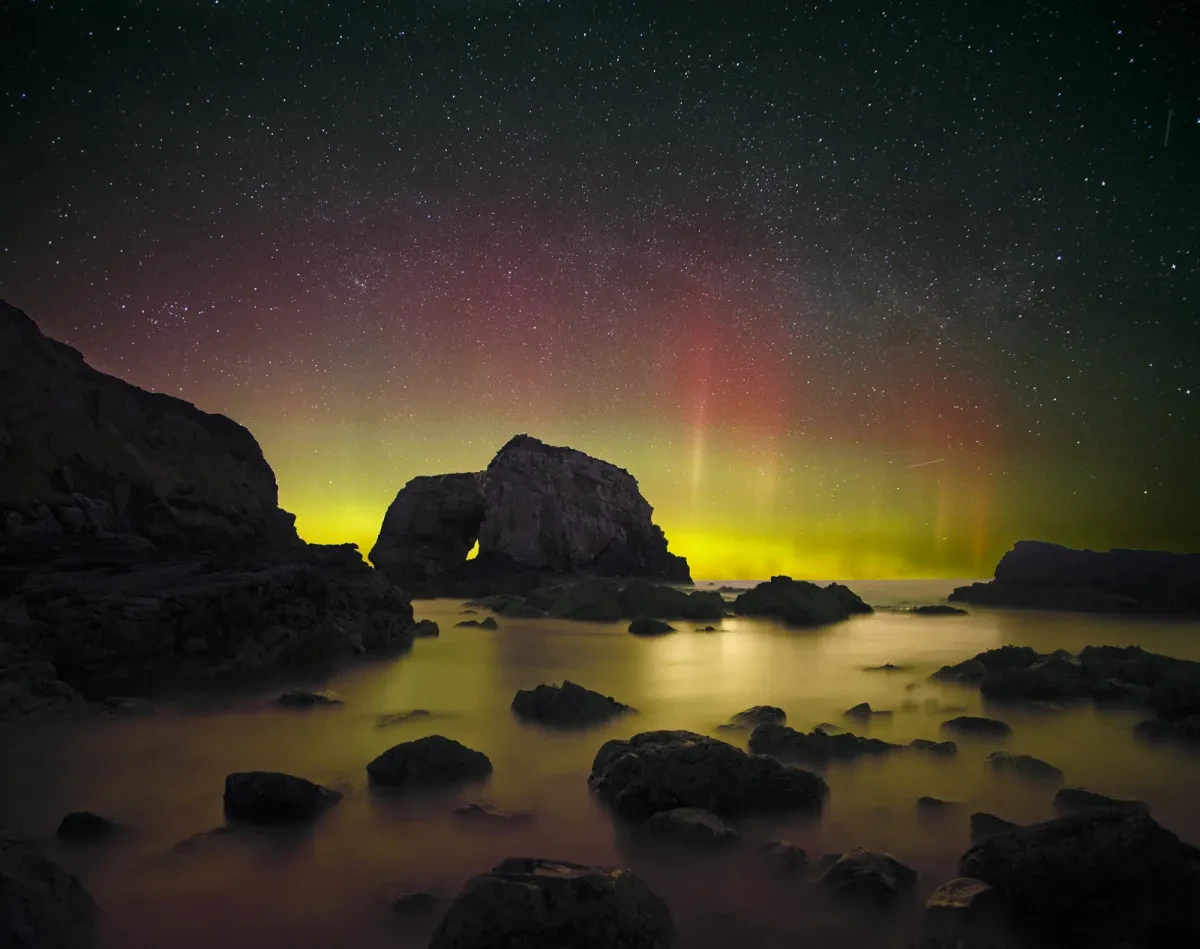
Aurora Over the Great Pollet Sea Arch by Brendan Alexander
Great Pollet Sea Arch, Fanad Peninsula, County Donegal, Ireland, 27 February 2023
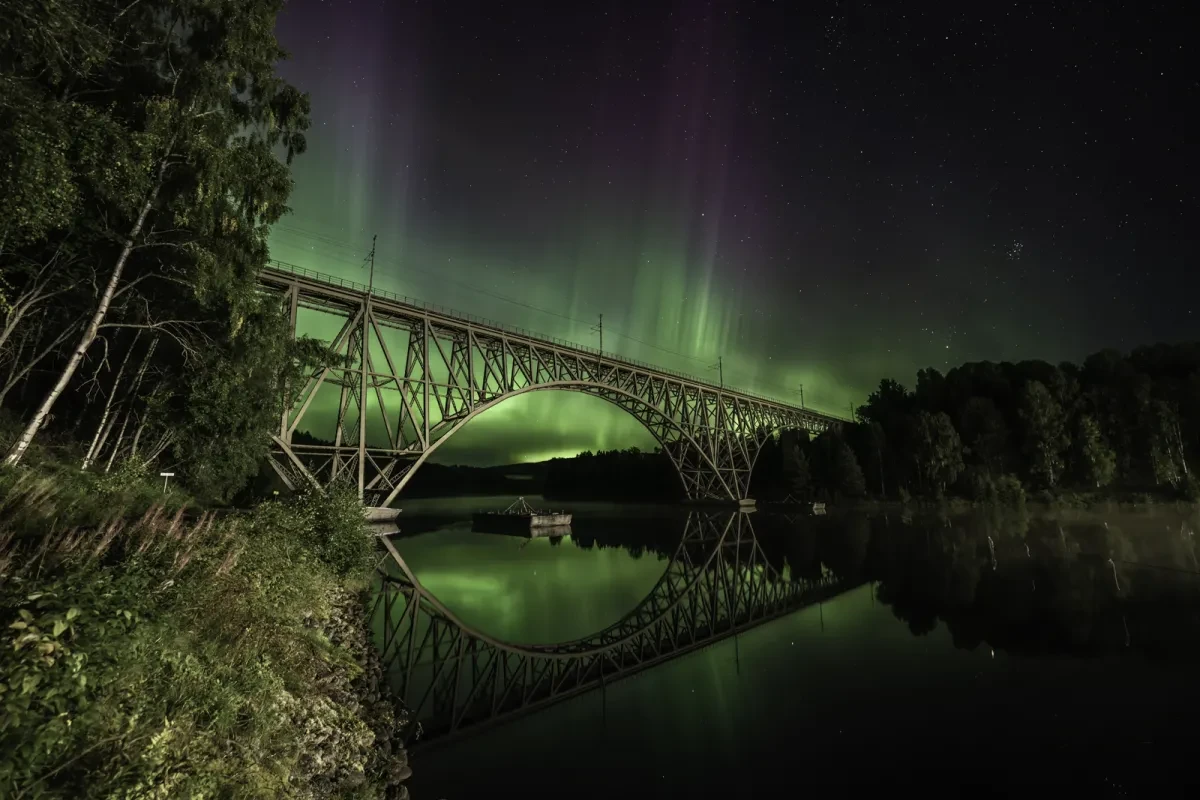
Bridge Over Troubled Water by Jeffrey Wall
Forsmo, Västernorrland, Sweden, 3 September 2022
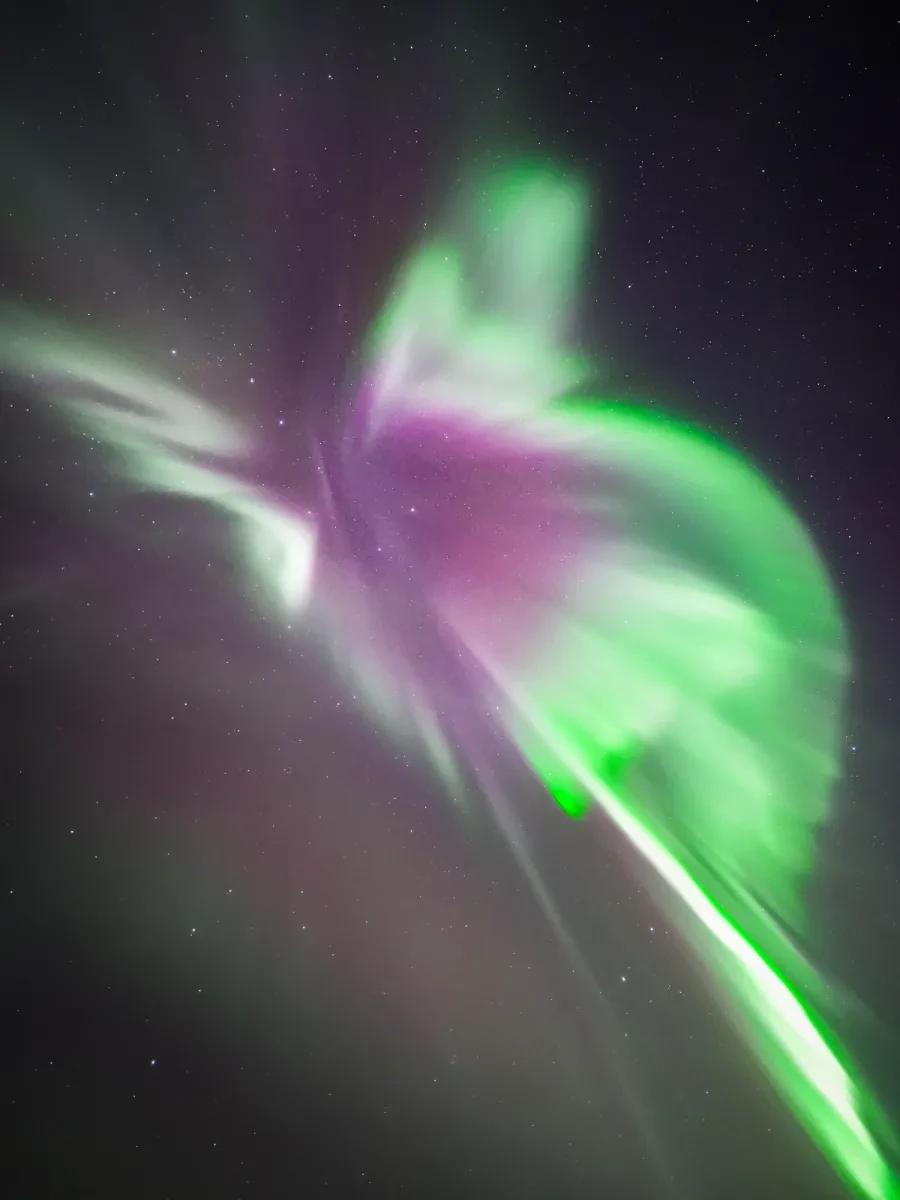
Butterfly by Vincent Beudez
Tromsø, Troms og Finnmark, Hålogaland, Norway, 26 March 2022
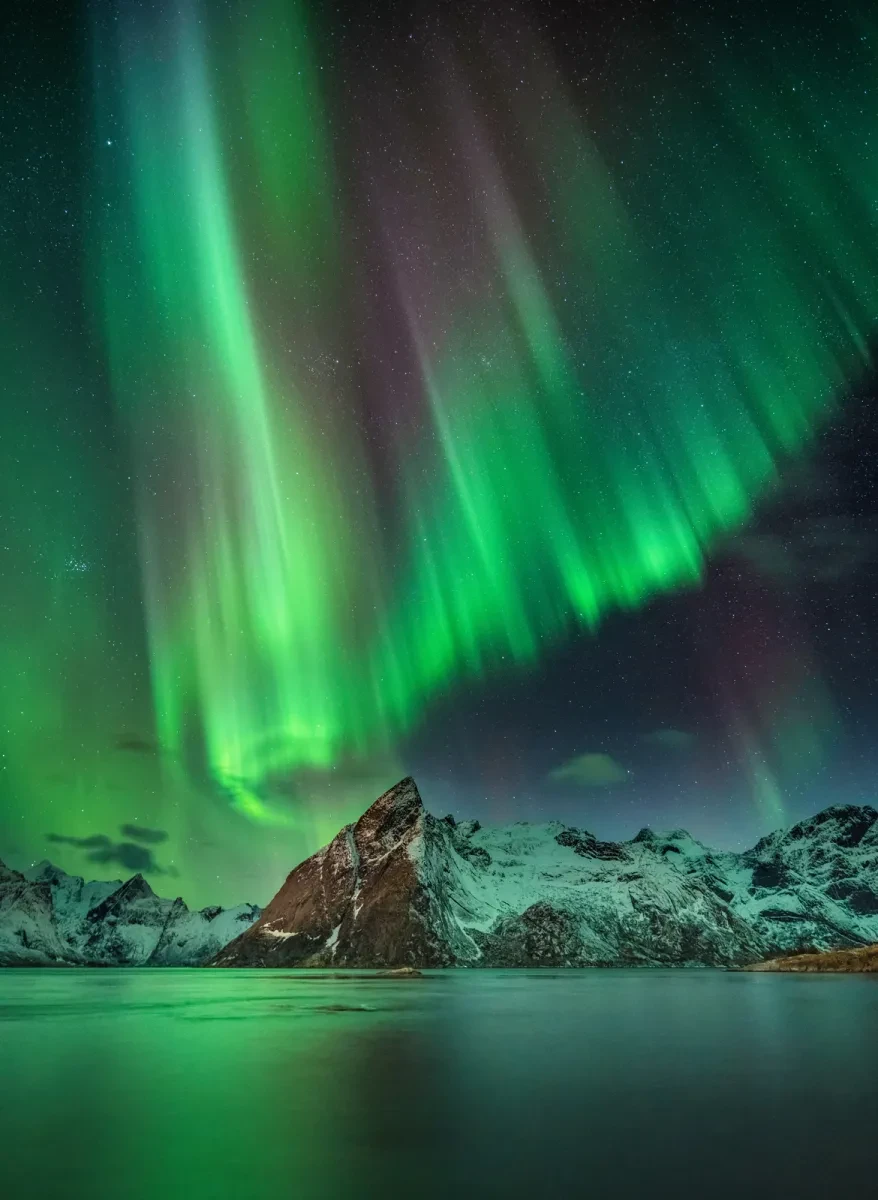
Curtain of Light by Andreas Ettl
Hamnøy, Lofoten Islands, Norway, 20 February 2023
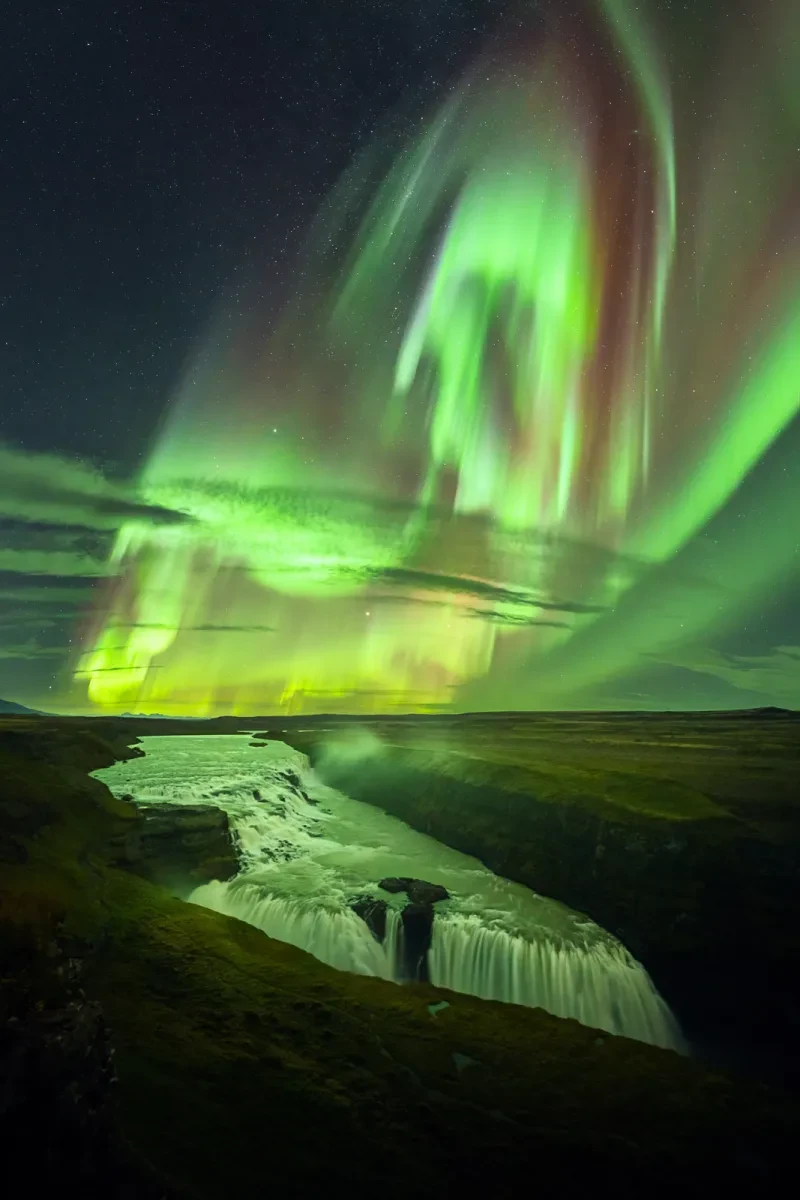
Dancing Waterfall by Lukáš Veselý
Gullfoss Waterfall, Iceland, 26 September 2022
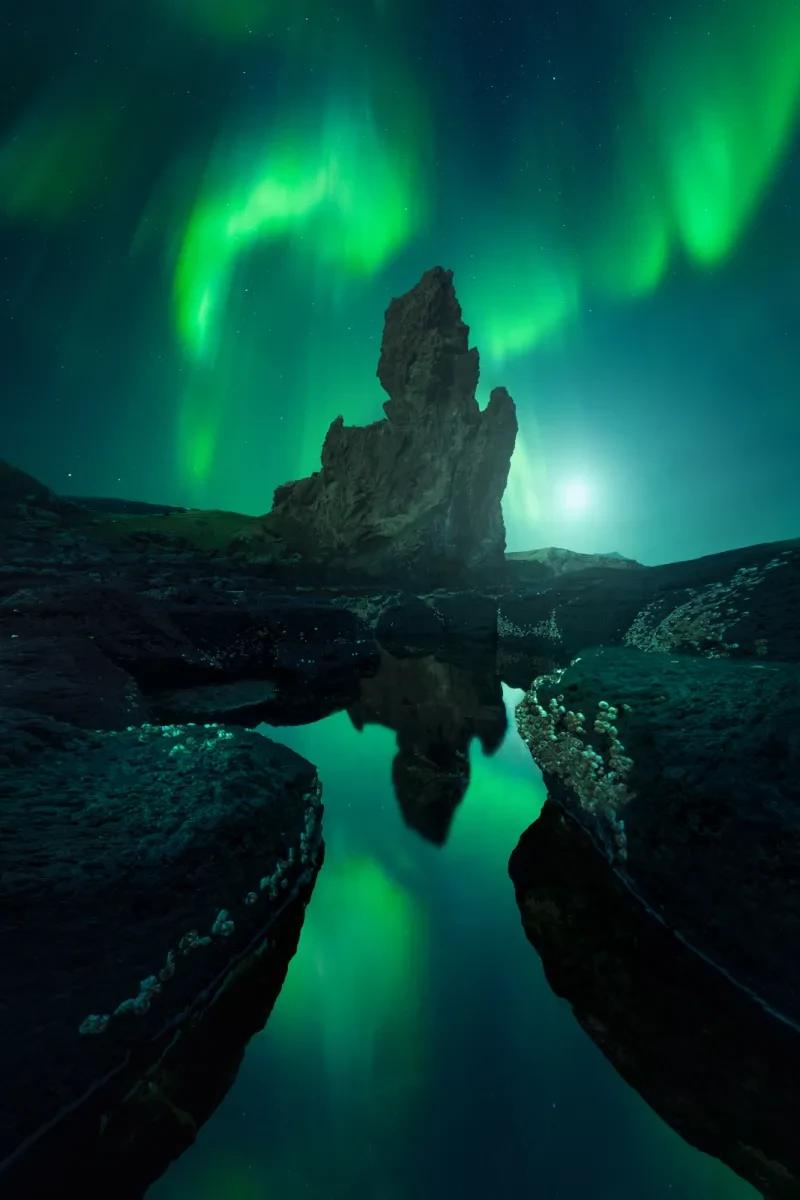
When the Sun Dances With the Moon by Filip Hrebenda
Arnarstapi, Snæfellsbær, Iceland, 17 September 2022
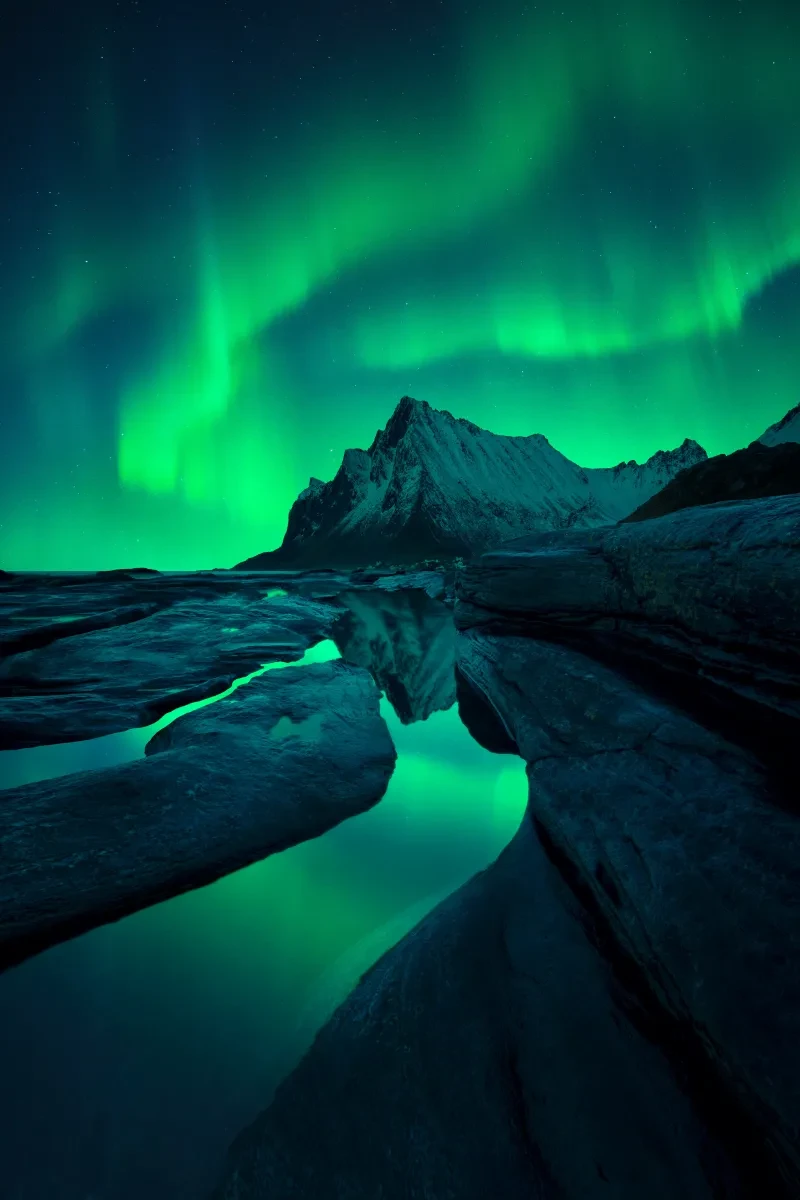
Green Snakes by Filip Hrebenda
Vikten beach, Lofoten Islands, Norway, 18 February 2023
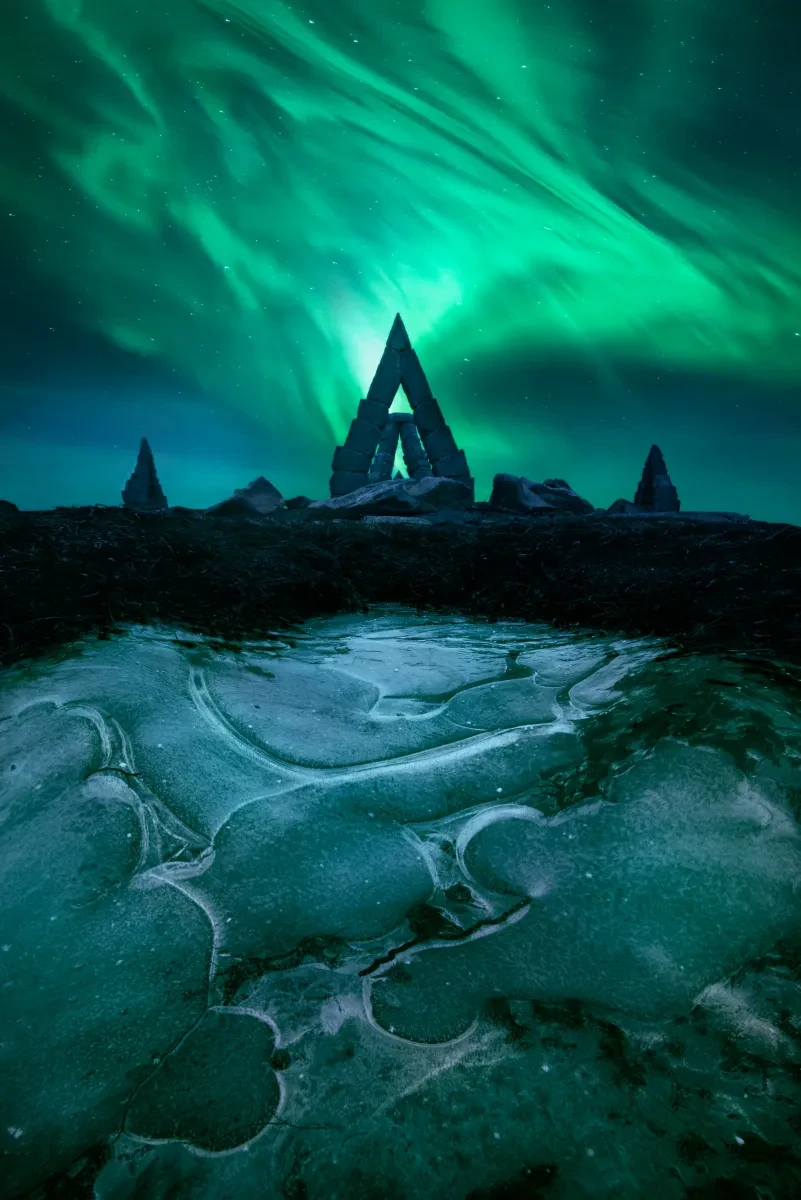
Arctic Gates by Daniel Viñé Garcia
Arctic Henge, Raufarhöfn, Iceland, 27 March 2022
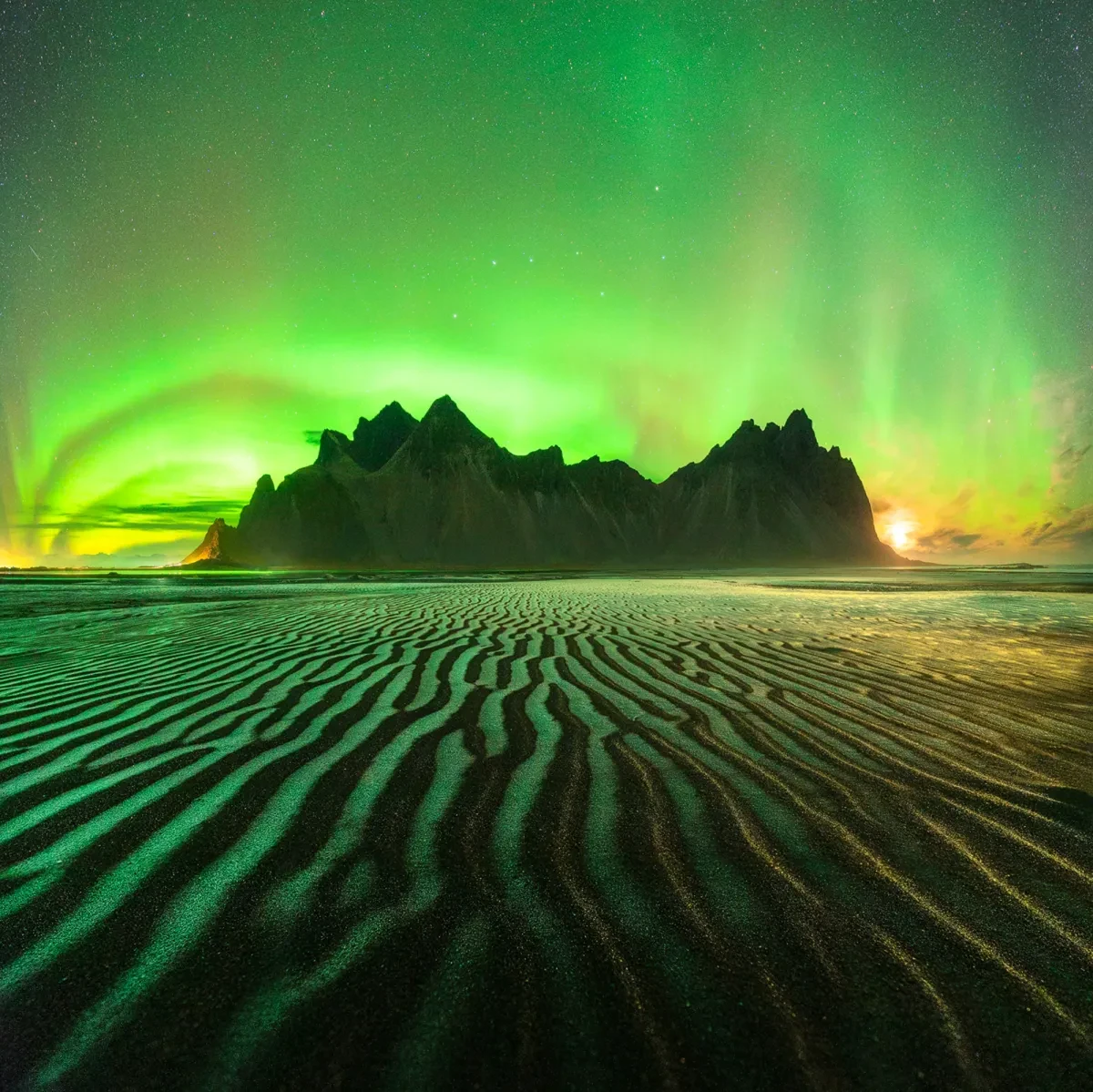
Emerald Roots by Lorenzo Ranieri Tenti
Vestrahorn, Stokksnes, Iceland, 19 October 2022
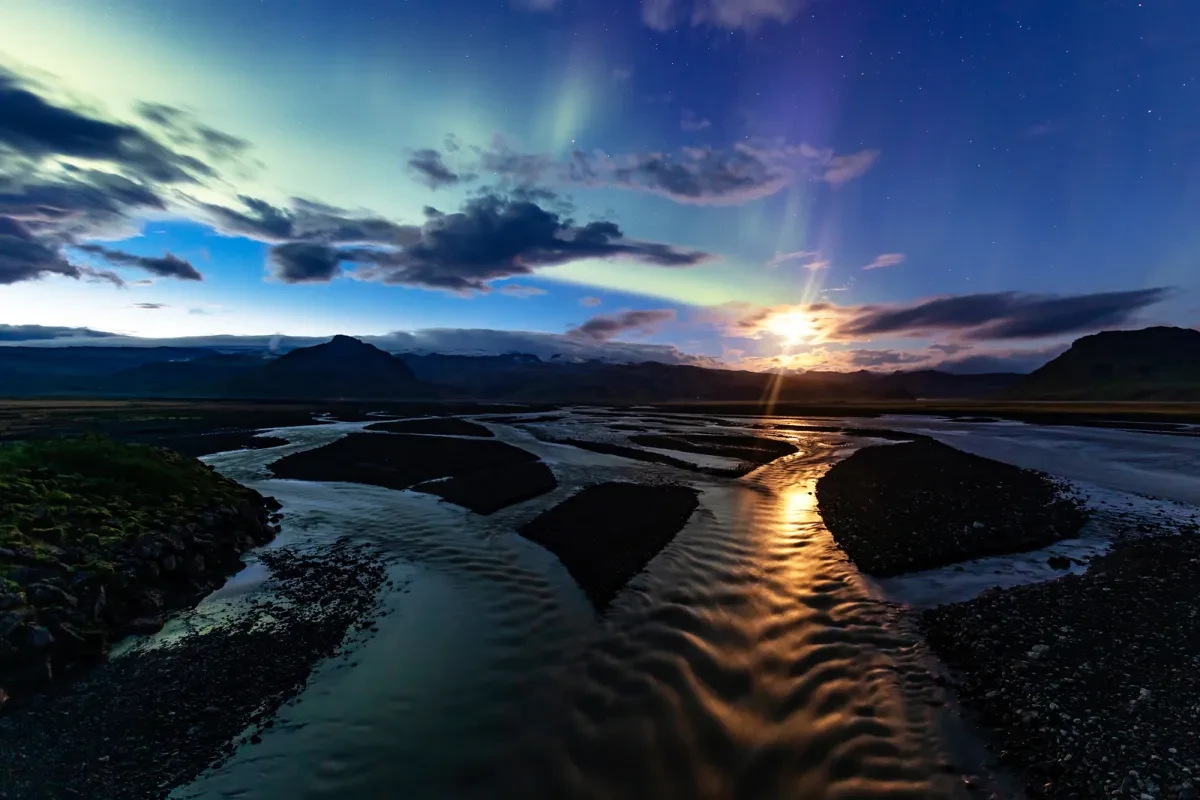
The Northern Moonlight by Yannick Legodec
Skógafoss, Skógar, Iceland, 20 August 2022
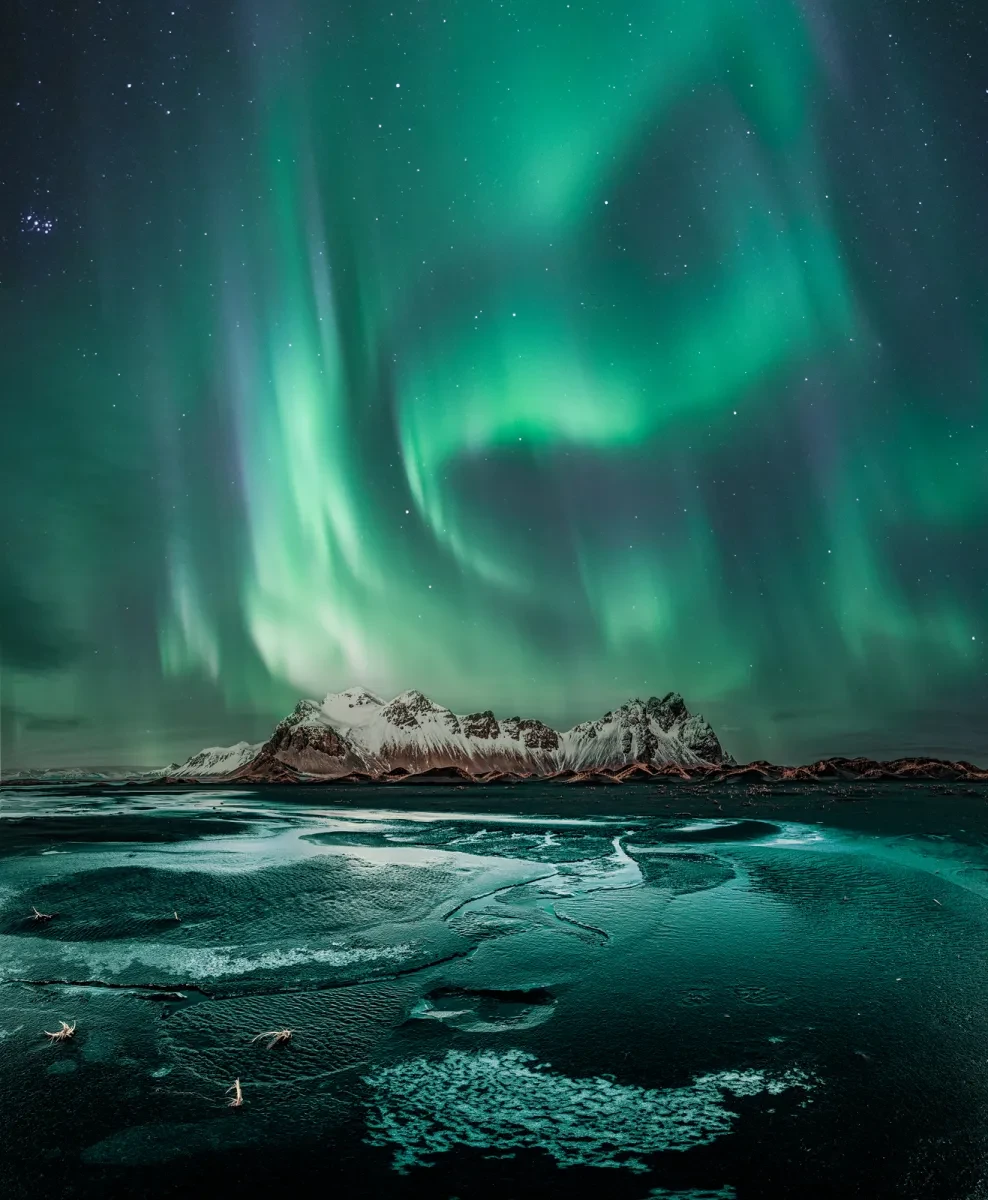
The Green Glow by Peter Hoszang
Vestrahorn, Stokksnes, Iceland, 16 January and 20 February 2023
Our partners


